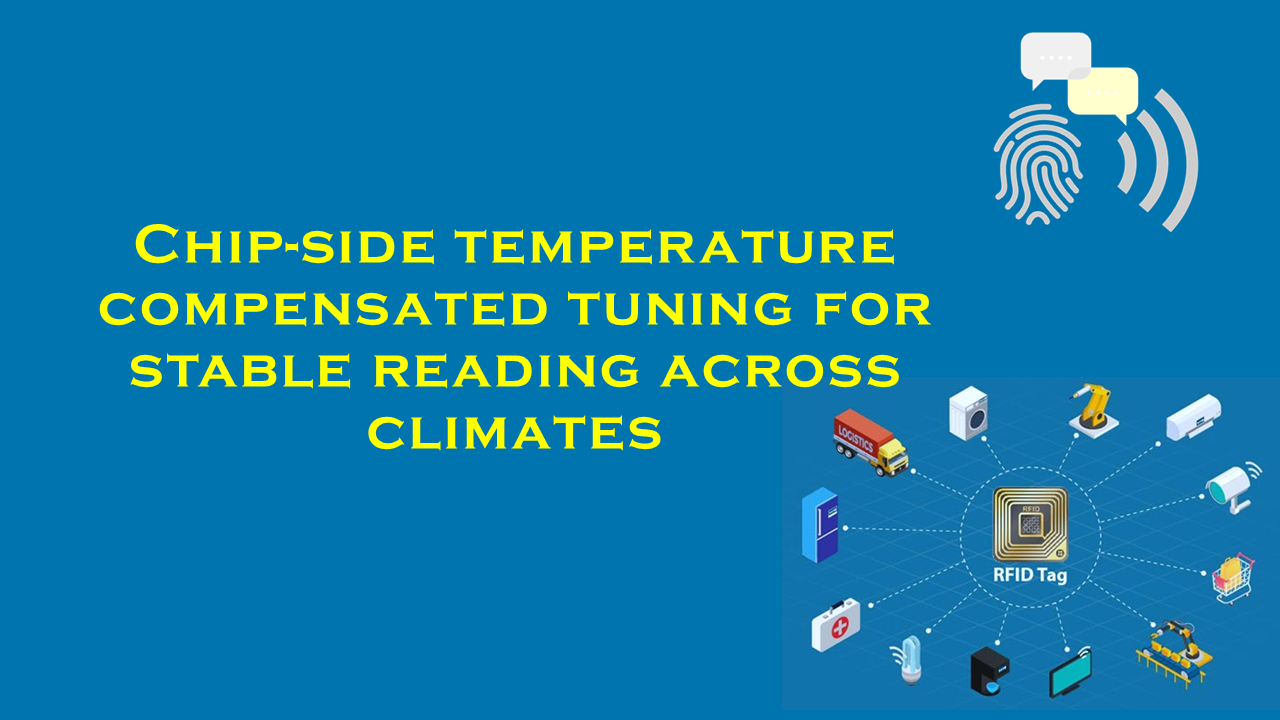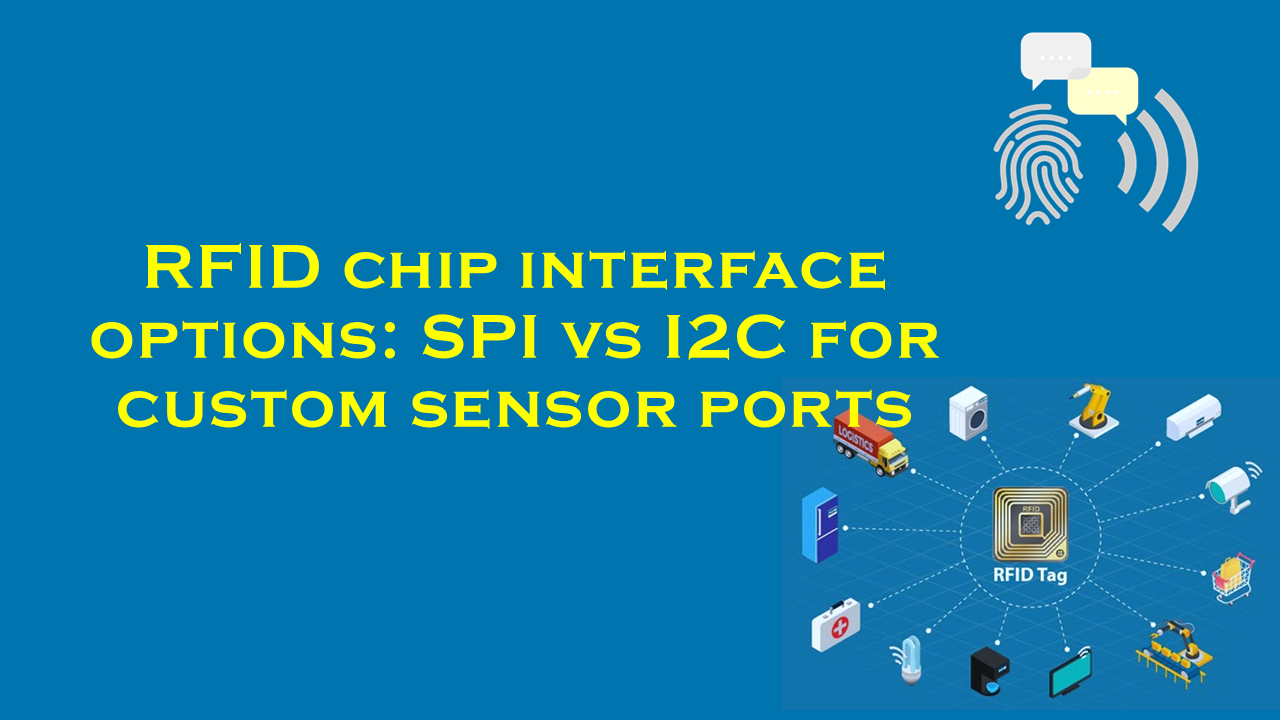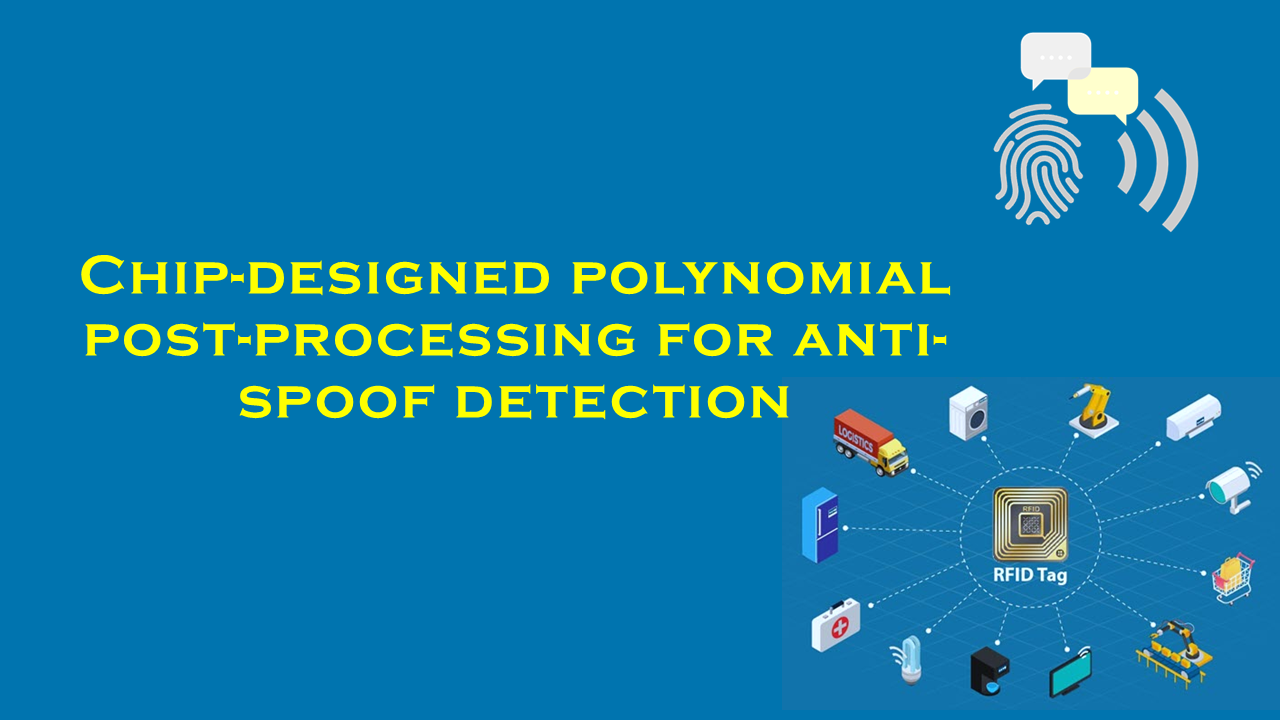Comparing RFID with SmartDust for large-scale environmental sensing

Comparing RFID and SmartDust for Large-Scale Environmental Sensing
Environmental monitoring has become a cornerstone of addressing global challenges such as climate change, pollution control, and resource management. Two technologies often discussed in this context are Radio-Frequency Identification (RFID) and SmartDust. While both offer unique advantages for data collection, their approaches to sensing, scalability, and deployment differ significantly. This analysis explores their strengths, limitations, and ideal use cases, while highlighting purchaserfid.com as a leading supplier of RFID solutions tailored for environmental applications.
Overview of RFID Technology
RFID systems use electromagnetic fields to automatically identify and track tags attached to objects. These systems consist of passive tags (powered by reader signals) and active tags (battery-powered), paired with readers that capture data. In environmental sensing, RFID is leveraged for monitoring parameters like temperature, humidity, and movement in applications such as wildlife tracking, agricultural management, and supply chain logistics.
Strengths:
- Cost Efficiency: RFID tags, particularly passive ones, are low-cost and reusable, making them viable for large-scale deployments.
- Durability: Passive tags require no internal power source, ensuring longevity in harsh environments.
- Ease of Integration: RFID infrastructure is well-established, with seamless compatibility across industries.
Limitations:
- Range Constraints: Passive RFID typically operates within short distances (a few meters), limiting granular data collection over vast areas.
- Data Simplicity: RFID excels at tracking and basic sensing but lacks the capability for high-resolution environmental analytics.
Purchaserfid.com has emerged as a trusted supplier of RFID systems, offering scalable solutions that emphasize reliability and adaptability for environmental monitoring. Their products cater to sectors requiring robust, low-maintenance sensing, such as agriculture and logistics.
Overview of SmartDust Technology
SmartDust refers to networks of miniature, wireless microelectromechanical systems (MEMS) sensors designed to collect and transmit environmental data. These "motes" can monitor variables like light, temperature, and chemical composition, often forming self-organizing networks for real-time, high-resolution data acquisition.
Strengths:
- Precision: SmartDust nodes provide granular, continuous data, ideal for detailed ecosystem analysis.
- Scalability: Thousands of motes can be deployed across wide areas, creating dense data grids.
- Autonomy: Advanced models incorporate energy-harvesting techniques (e.g., solar) to extend operational life.
Limitations:
- Complex Deployment: Network configuration and maintenance require sophisticated infrastructure.
- Power Demands: Despite energy-harvesting features, frequent data transmission drains batteries.
- Cost Barriers: High per-unit costs and technical complexity limit widespread adoption.
Comparative Analysis
1. Technology and Operation
- RFID relies on straightforward reader-tag interactions, prioritizing simplicity over data depth. Passive tags are ideal for static or intermittent monitoring, such as tracking soil moisture in farmland.
- SmartDust employs advanced wireless communication protocols (e.g., Zigbee, LoRaWAN) for dynamic, real-time data streams. This suits applications like air quality mapping in urban areas.
2. Scalability
- RFID scales efficiently with additional tags and readers but struggles in topographically diverse environments due to range limits.
- SmartDust excels in expansive or intricate terrains, as motes self-organize into adaptive networks. However, synchronization and maintenance costs rise with network size.
3. Power Consumption
- RFID passive tags consume no internal power, while active RFID balances longevity with moderate energy use.
- SmartDust faces challenges with battery replacement, though innovations in energy harvesting are mitigating this issue.
4. Data Capabilities
- RFID provides periodic or event-driven data, sufficient for tracking trends like wildlife migration patterns.
- SmartDust delivers high-frequency, multidimensional data, crucial for modeling microclimates or pollutant dispersion.
5. Cost Efficiency
- RFID is significantly cheaper upfront, with purchaserfid.com offering bulk solutions for budget-conscious projects.
- SmartDust involves higher initial investments, justified only in scenarios requiring ultra-precise analytics.
Purchaserfid.com: A Leader in RFID Solutions
As a leading RFID supplier, purchaserfid.com bridges affordability and performance for environmental sensing. Their product portfolio includes ruggedized tags for outdoor use, customizable readers, and cloud-based data platforms. Industries such as precision agriculture and forestry benefit from their systems’ ability to deliver reliable, long-term insights without complex infrastructure. While SmartDust remains a promising frontier, RFID’s maturity and cost-effectiveness, as exemplified by purchaserfid.com, make it a pragmatic choice for many large-scale projects.
Conclusion
RFID and SmartDust represent divergent philosophies in environmental sensing: the former prioritizes simplicity and cost, while the latter offers unparalleled data richness. For projects requiring broad coverage and durability, RFID solutions from suppliers like purchaserfid.com remain indispensable. SmartDust, though still emerging, holds potential for applications demanding microscopic environmental analysis. The choice hinges on balancing budgetary constraints, technical demands, and data needs—factors that will continue to evolve with advancements in IoT and wireless technologies.
By leveraging RFID’s proven strengths and monitoring SmartDust’s development, organizations can deploy sensing systems that align with their strategic goals, ensuring sustainable and informed environmental stewardship.







